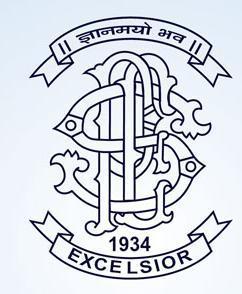For the introduction of biggest tax reform in India there is need of some change in the existing Indian laws due to which the 101stConstitutional amendment was introduced and passed by Lok Sabha on 6thMay 2015 in the budget session of the Parliament. The Model GST & IGST Law released on 14th June, 2016 by Empowered
Committee of State Finance Minister. GST is a comprehensive tax levy on manufacturing, sale and consumption of goods and services at the national level. India is moving towards introduction of Goods and Services Tax (GST).
GST would be multistage comprehensive Value Added Tax (VAT) encircling both goods and services.GST would be major indirect tax reform in India where both Centre and State Governments will have power to tax goods as
well services at every stage of production and distribution of such goods and services. There have been already steps taken by the government in April 2005 by introducing Value Added Tax (VAT) at State level for cleaning up of hidden indirect taxes which has helped in facilitating the expansion of tax base, 2and also helped in better
tax compliance and pushing up the taxes for majority of Indian States. Now, the Government have taken strong steps by introducing GST system which will further clean up the indirect tax system by reducing cascading of taxes and facilitating nation-wide market for goods and services. Under GST, it is expected that harmonization of indirect tax structure (tax rates and tax base across States), concurrent taxation power of Centre and States on consumption of goods and services and joint monitoring of same taxpayers would result in better tax compliance, minimum leakage of revenue and better tax coordination between Central and State tax
administrations. GST will be distributed among various States and Centre as we follow the federal structure. There will be two component of GST one is called CGST (Central GST to be levied and collected by Central Government) and the other one is called SGST (State GST to be levied and collected by State Government) these both component will be applied at the same time on taxable supply whether it is a good or service
on each stage with a benefit of set off earlier tax paid. GST will be a destination-based tax i.e. SGST will be available for State where the goods or services will be consumed.
Gst & Its Impact On Various Industries
RELATED ARTICLES




